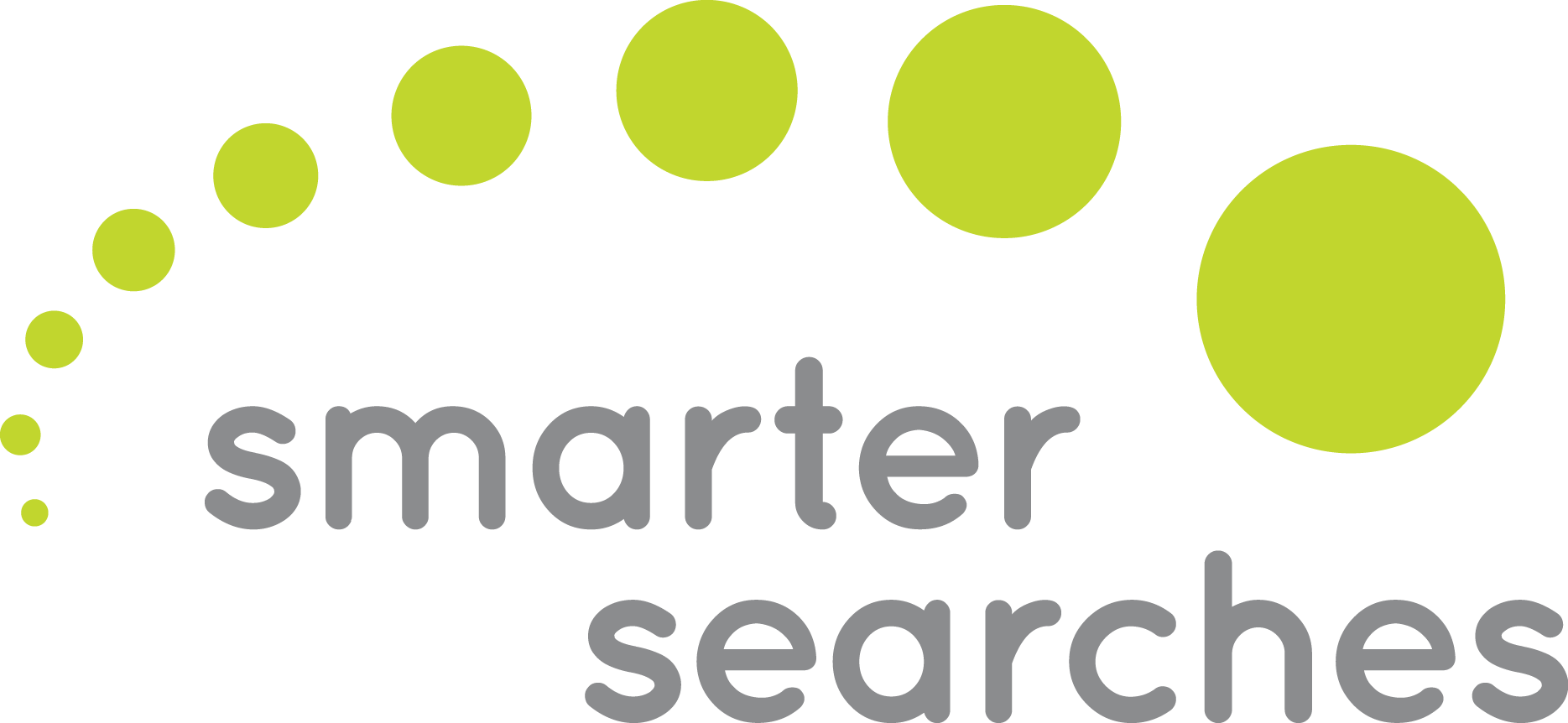Search Engine Optimization, or SEO, is often viewed as a “complicated” or “confusing” marketing strategy that can contain metrics and data that can seem daunting. As giant data dorks, our Smarter Searches team is here to make this process seamless and informative for our clients. Helping you to clearly understand what we’re doing, and how our work is benefitting your business, is an integral part of our business strategy, and why we believe our work is more effective.
In this blog, we want to make sure you understand what it is that makes an SEO campaign successful, and what the metrics in our reports really mean.
Oftentimes, the efficacy of an SEO campaign is laid at the feet of organic sessions. “Did sessions increase? Great! That means your SEO is working.” Maybe, but organic traffic doesn’t tell the whole story. Were the new users engaged? Did they interact with your website or perhaps complete one of your conversion actions? Or did they immediately leave the site because your content was not relevant to their search query? Sometimes, a decrease in organic sessions can actually be the result of improved SEO. Thankfully, analytics offers metrics that can help determine whether or not your SEO is working effectively towards achieving your goals. Below, we are going to outline these metrics, and explain how they demonstrate the effectiveness of your SEO campaigns.
Organic Sessions — Organic sessions are the total number of sessions from users that came to your site from organic sources (Google, Bing, DuckDuckGo etc). The core purpose of SEO is to drive more qualified organic traffic to your website each month. At the risk of contradicting my earlier statement regarding organic sessions, it is the first thing we look at as far as effectiveness (whether up or down) but it’s the following metrics that help us determine the reasoning behind any changes in session numbers.
Bounce Rate — As I alluded to above, an increase in organic traffic does no good if the users are leaving your site without viewing your content. This is where bounce rate comes in. Organic bounce rate is the percentage of users who leave your site without taking any action. While we wish that every person would stay on our site and interact with our content, bounces are a reality of the game. Maintaining a healthy bounce rate is a very important part of our monthly work.
A high bounce rate indicates that some users aren’t finding your website relevant to what they’re searching for, and it’s our job to determine the cause. It’s important to remember that Google sees everything on your website, so making sure that the content clearly communicates your message and services is extremely important. If you’re a florist who mentions how your flowers could complement your backyard deck and landscaping, you may start receiving traffic from people looking for a landscaper. Determining these types of causes — and making the necessary changes — will help reduce bounce rate, and as a result, improve the quality of your traffic.
Pages-per-session — As self-explanatory as this metric may be, it is an indicator of how our work is progressing. A target pages-per-session number will vary from project to project because it is dependent on how many pages a user needs to visit in order to complete a desired goal. Seeing that number jump up may seem like a good thing at first, but sometimes a high page total can indicate that users are having trouble finding what they’re looking for, so it’s important to establish those goals and monitor them each month.
Average Session Duration — While similar to the above metric, session duration is viewed a little differently. Session duration is how long the average session is lasting, but it needs to be viewed through the lens of how they’re spending their time on your website. A low session duration (under one minute) could be acceptable if users are clearly finding what they need, but could be problematic if they are quickly clicking through several pages and leaving. Examining user behavior and comparing it to our target KPIs is key in determining the value in both session duration and page-per-session.
Successful SEO must involve careful examination of each metric we’ve discussed, because simply increasing traffic may not do anything to help you grow your business. If you are interested in partnering with an agency that will expertly handle all of this for you (and more!) get in touch with us today!



